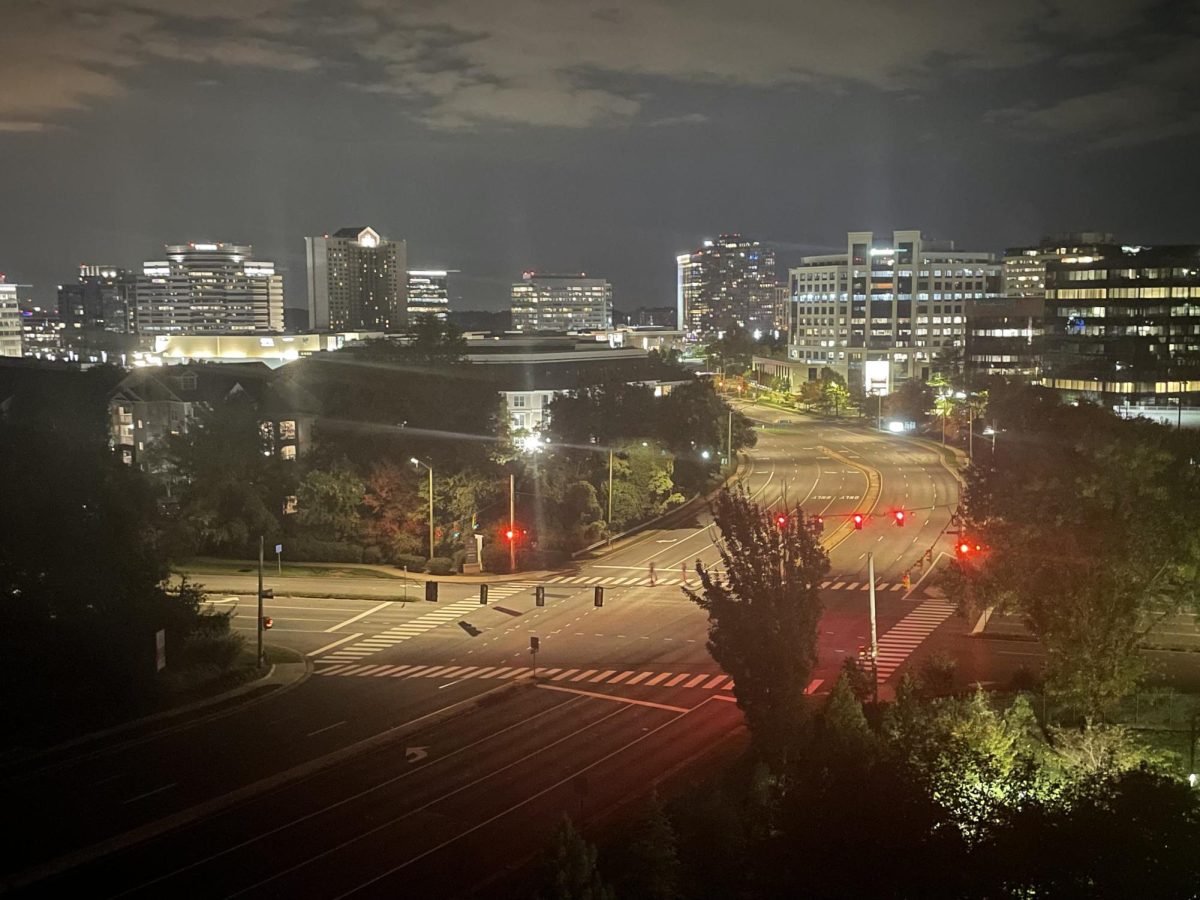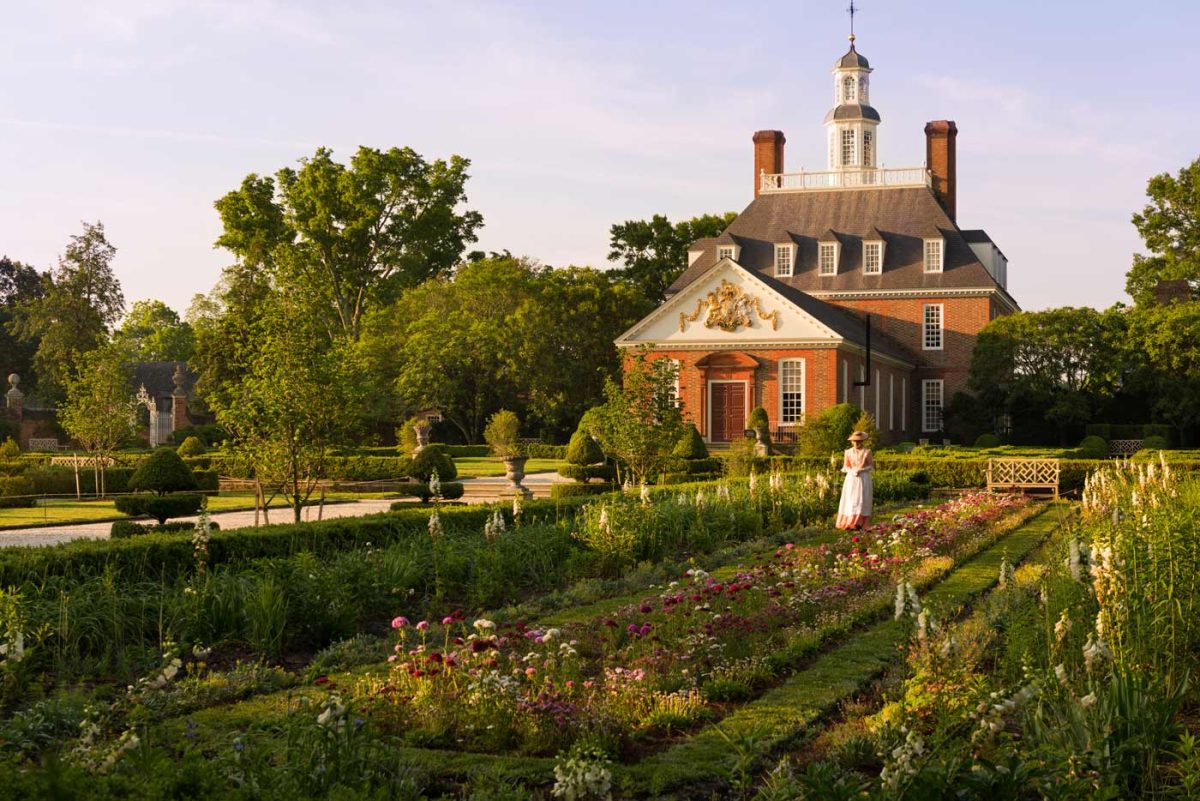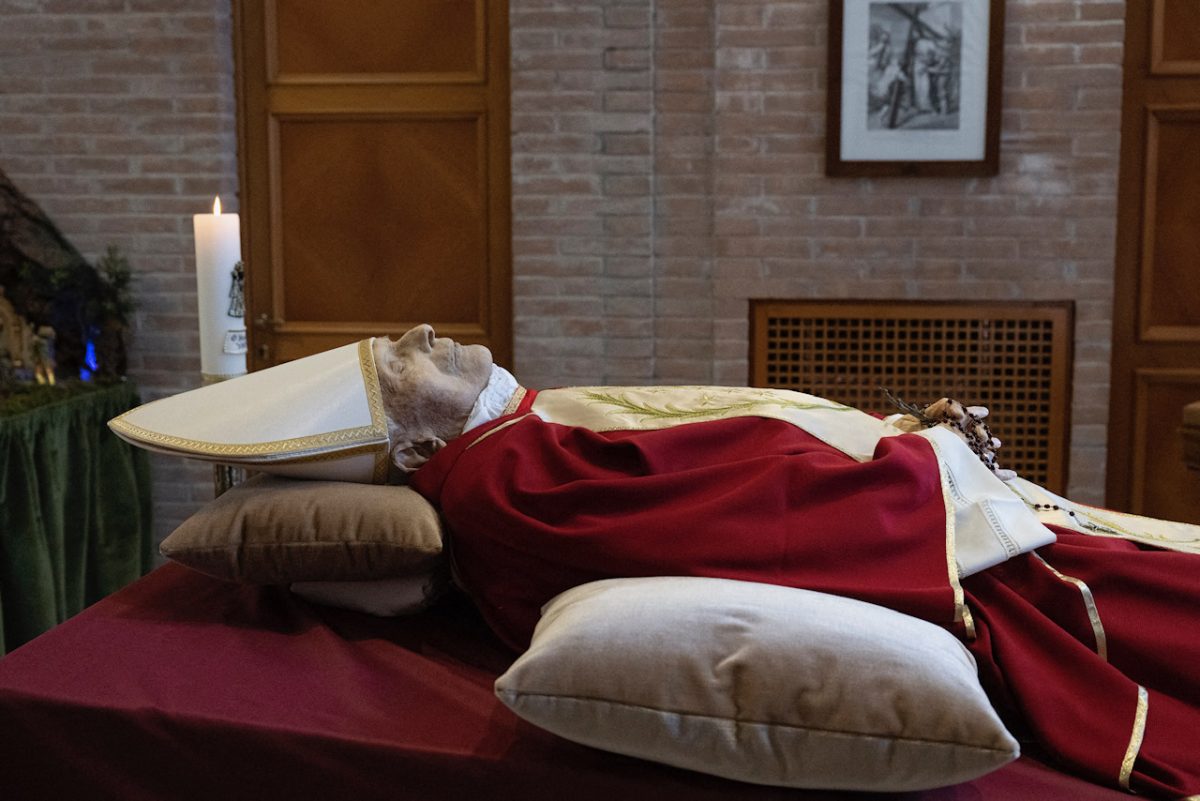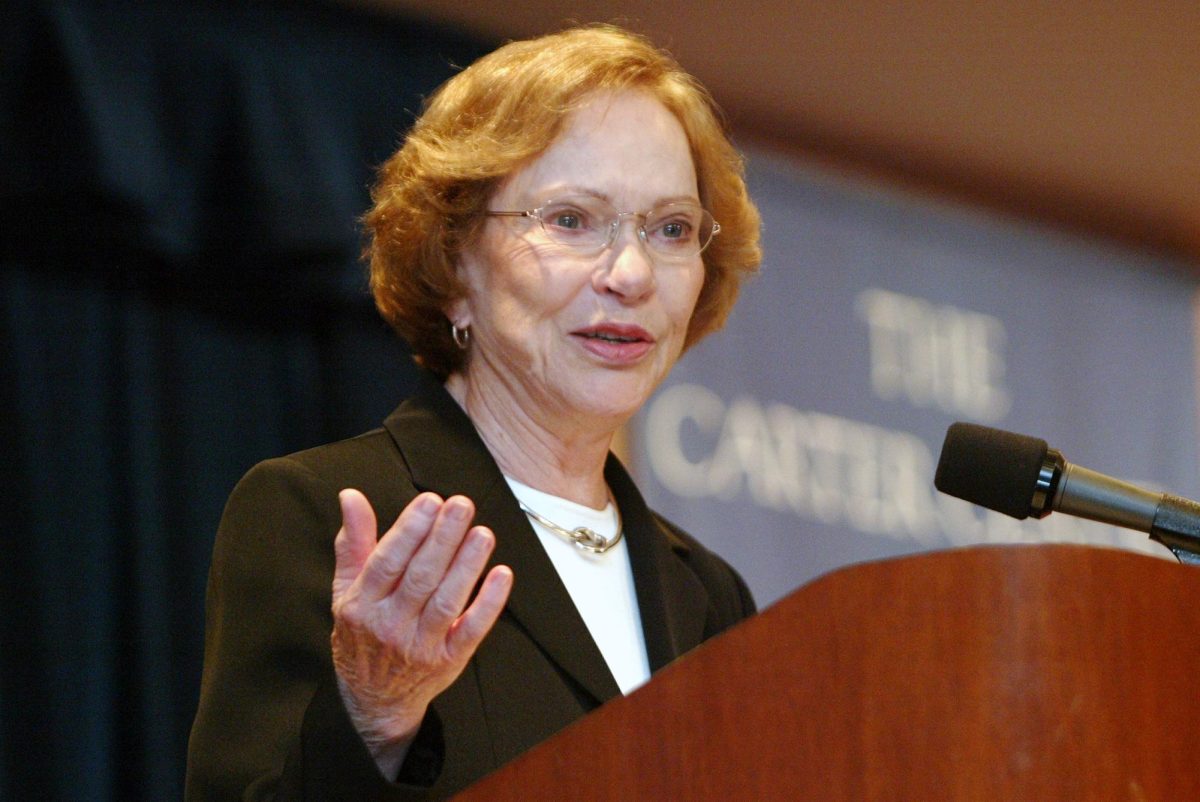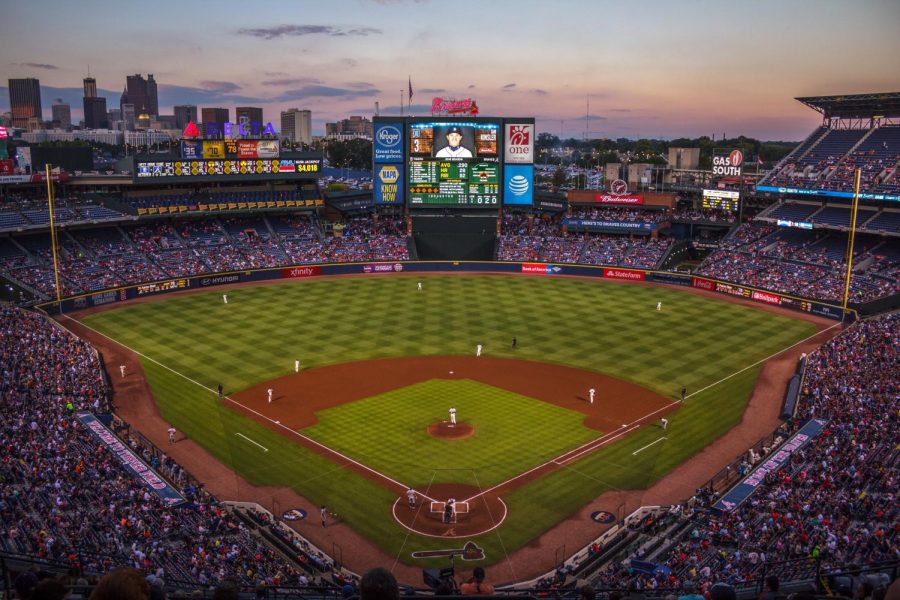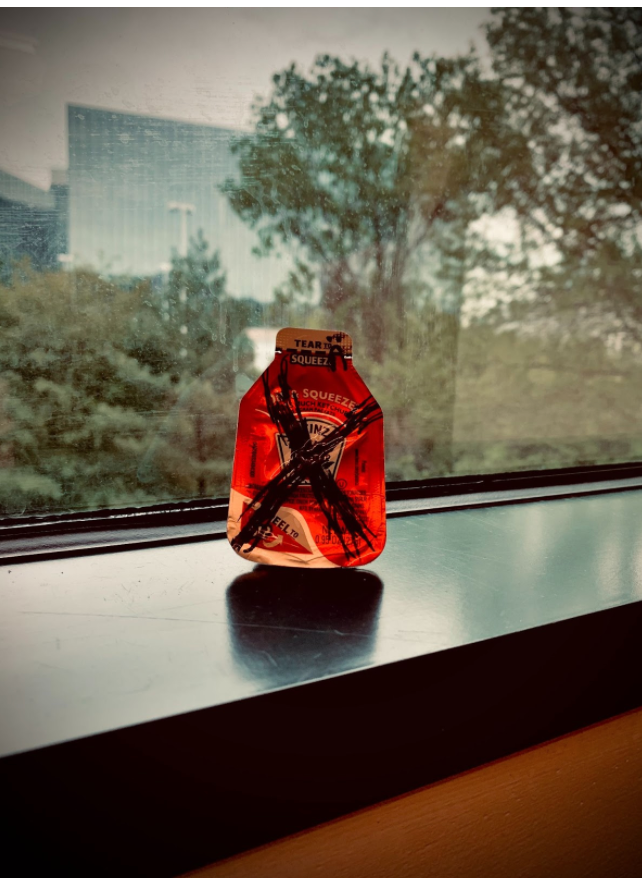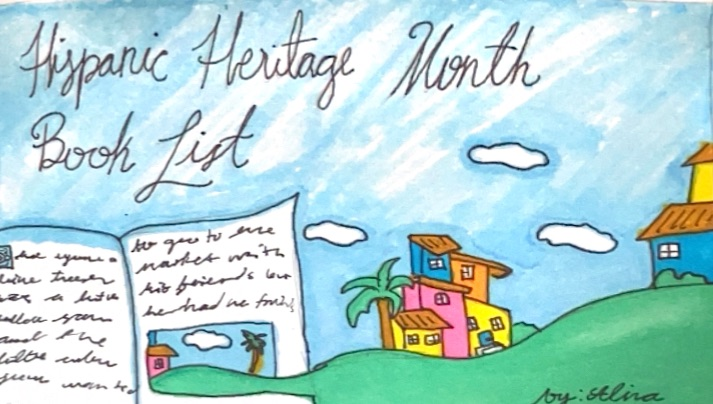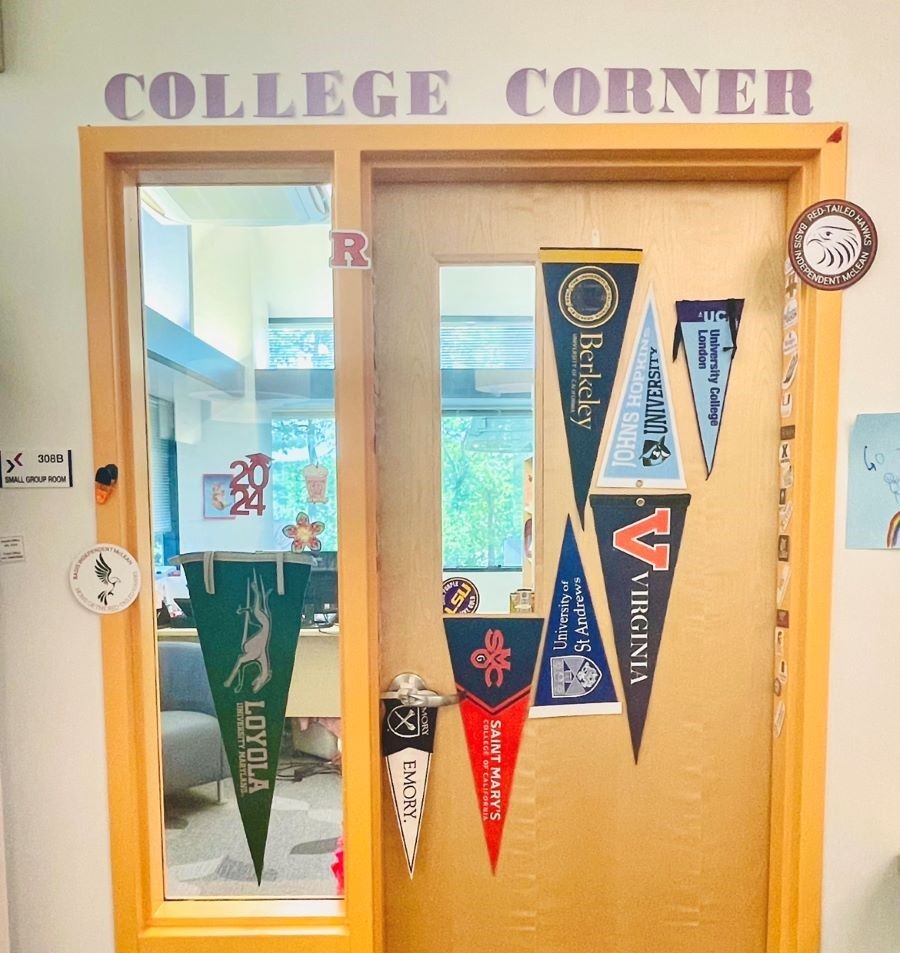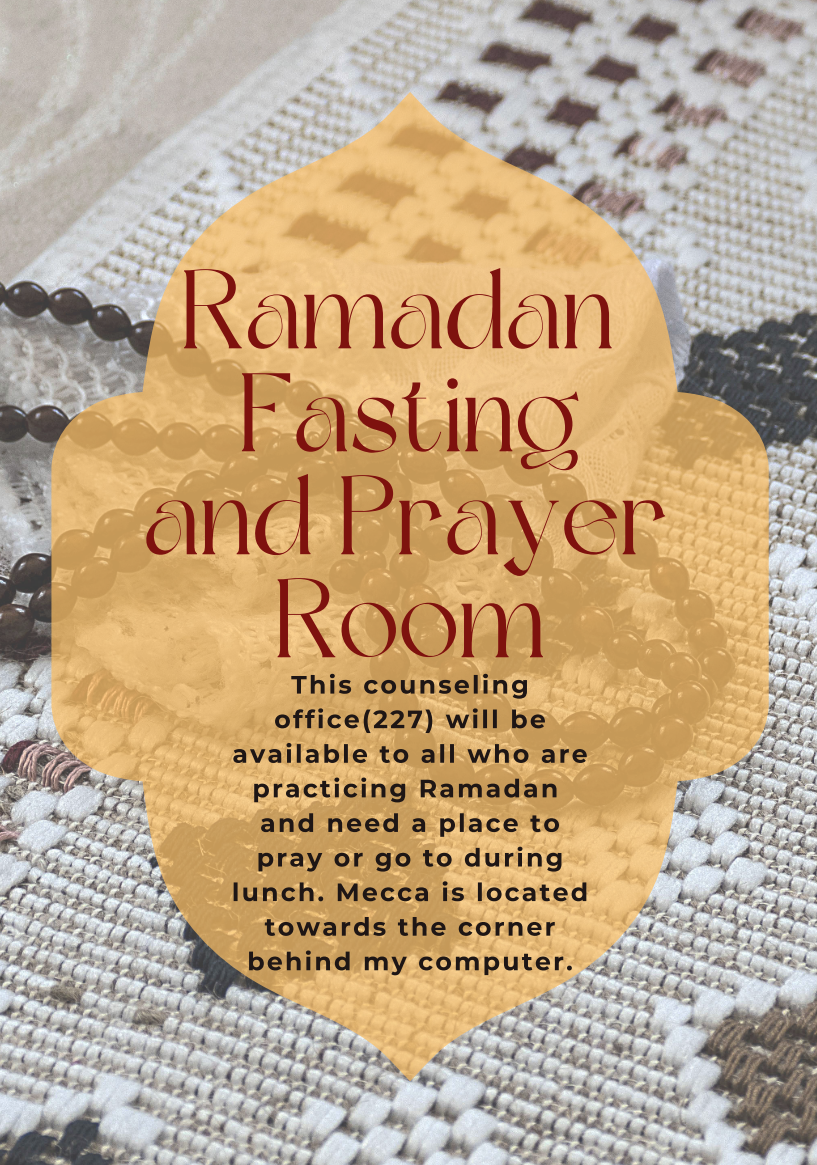The “Urban Doom Loop” is a term that refers to the decreasing demand of commercial real estate. This essentially means that as companies move online there becomes no demand for large office buildings. The owners are left with no one to lease to and, therefore, no way to pay off the price of the buildings. This ultimately leads to detrimental effects on the city’s tax revenue, which means cuts in public services, development, and infrastructure.
These effects would be seen less immediately on big cities, like New York and San Francisco, and far more immediately on smaller cities because they often lack the economic diversity and resources to recover when there is a decrease in demand for commercial real estate. The “Urban Doom Loop” also tends to affect newer cities more, as they often depend upon the rapid expansion of real estate, making them more financially vulnerable when commercial demand decreases. Due to its relatively small size and recent development, our beloved home, Tysons, faces great risk from the “Urban Doom Loop.”
With the impending effects of the “Urban Doom Loop” on the horizon, what would prevent Tysons and other cities from decline? Certain driving appeals can help preserve a city in the face of the “Urban Doom Loop.” Many cities rely on distinct characteristics that attract people and businesses. Unlike older cities with rich histories and cultural landmarks that draw people in, Tysons primarily relies on more modern attractions, namely its malls. For McLean residents, these malls, though a huge attraction for people living outside of Tysons, are only that. They don’t foster the community that has been steadily growing in Tysons Corner.
I have lived in Tysons Corner for my whole life. Only recently has it begun to feel like a home. With more resident-oriented developments like the Boro and an influx of new residents, the streets have come alive. The city is constantly bustling with pedestrians and not just the usual commuters just passing through. The source of this is the overwhelming and constantly growing amount of office buildings in Tysons Corner. The “Urban Doom Loop” may cut off this source and, metaphorically, cut our city’s life support.
The promise of the ever-growing city is what has drawn people to live in Tysons. Over time, as Tysons gained popularity, the cost of living continually rose as more individuals sought the city’s attractions and opportunities. New shops and businesses sprang up to meet this demand, creating a cycle of innovation and city growth. However, the onset of the “Urban Doom Loop” could turn this cycle into a downward spiral. If shops and businesses started going out of business or shutting down, and offices ceased to exist, people would have no reason to stay. If the people began to disappear, the city would follow suit, leaving behind empty storefronts, unused public spaces, and an enveloping sense of abandonment. The people would leave, and the city would leave with the people. The “Urban Doom Loop” could mark the turning point for Tysons, transforming it from a thriving city center, growing in relevance, into a forgotten ghost town.

